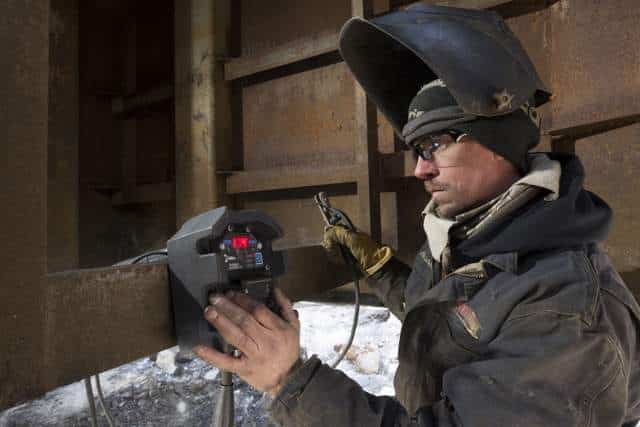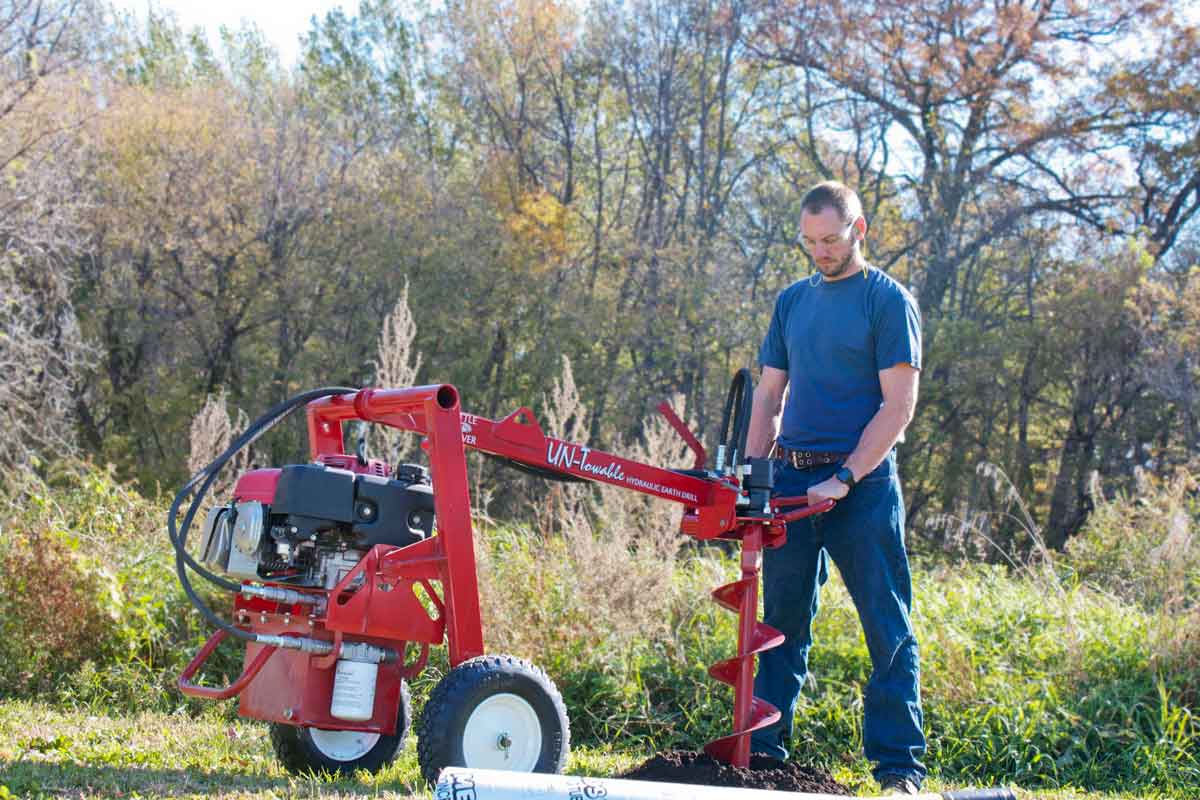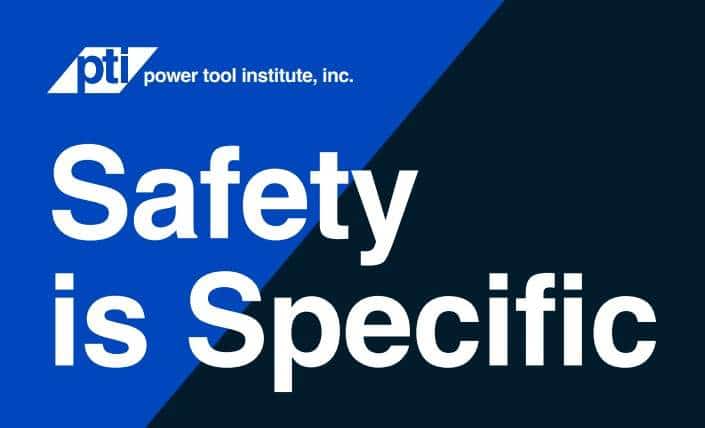Welding Wisdom: Optimize Engine Drive Performance with These 4 Factors
Your engine drive is a workhorse that lets you complete a wide range of jobs in the field — from multiprocess welding and gouging to powering tools and lights. But the need to frequently adjust weld settings or switch between welding processes can be a hassle when you have to walk back to the welder/generator each time or if you have an unreliable accessory.
When operators can easily adjust weld settings right where they’re working by using a remote pendant or wire feeder that provides communication back to the power source, it can save significant time and money, especially on large jobsites where there are many tasks to be completed.
So how do you know which options can best meet your needs and help you complete jobs efficiently? Keep these factors in mind when choosing an engine drive and accessories for the jobsite.
1. Binding Reliability and Speed
Having an engine drive and stick/TIG remote accessory that aren’t binding easily and reliably is a hassle that wastes time and keeps you from getting work done — and it reduces the effectiveness of the accessory. Poor connectivity between the engine drive and the accessory makes the accessory essentially unusable. You need reliable equipment that works when you need it to get the job done. Look for a remote that binds quickly and consistently to the engine drive so you start work immediately.
2. Process Selection and Changes at the Accessory
If a remote pendant or wire feeder doesn’t provide the ability to select and change your welding processes at the point of the work — forcing you to walk back to the power source to make those adjustments — you don’t have the ability to maximize the convenience of the technology. Some systems will automatically choose the correct process based on how the machine is set up. Auto-Process Select technology from Miller detects electrode polarity as well as the ArcReach accessory being used and will set the welding power source to the correct process.
Look for engine drive accessories that let you toggle between direct current electrode positive (DCEP) processes such as xx10, xx18 and gouging on the remote pendant. When configured in direct current electrode negative (DCEN), the remote will automatically select the TIG process. Likewise, the ArcReach feeder detects the polarity configuration to automatically select either the DCEP MIG/FCAW-G or DCEN FCAW-S process.
3. Adjusting Arc Control at the Accessory

Not all technologies for the jobsite were created equal, and most are limited in their ability to fine-tune the arc remotely.
When engine drive accessories lack this capability, welders might make do with less than optimal arc control settings rather than walk back to the power source to make adjustments. It can seem like a time saver, but it can result in weld quality issues or even rework.
Some accessories provide precise arc control (also known as dig), allowing you to fine-tune the arc. If you encounter a tight root fit-up or need to weld out of position, turning up the arc control on the stick/TIG remote will match the application by providing a stiff arc. Then during fill and cap passes or when welding in the flat position, the arc control can be lowered — without making the trip back to the power source — for minimal spatter and desirable wetting at the toes to create an excellent-quality finished weld.
Having arc control allows you to match your welding preferences and quickly dial in the proper parameters using the remote — to optimize weld quality and maximize productivity. This delivers more flexibility and greater control.
4. Front Panel Lock Out
On busy jobsites, sometimes an operator or a helper makes adjustments on the interface of the wrong engine drive thinking it’s their own machine — unintentionally causing problems by changing a different operator’s settings.
To avoid this hassle, look for an engine drive and accessory that will lock out any changes on the machine interface once the two have been paired. When adjustments can only be made on the accessory after pairing, it helps prevent the hassles and potential rework of accidental changes.
Choose an engine drive that optimizes capabilities
Point-of-use control capabilities are available with a range of machines and accessories, but be sure you’re getting the model you want. You don’t want limited engine-drive capabilities due to confusion about compatibility or which machines include the technology.
You tackle a wide variety of jobs in the field, so you need a versatile engine drive that delivers consistent performance and the capabilities to weld, gouge, use air tools, deliver generator power and complete other tasks. Reliable communication between the engine drive and accessories — and the ability to control process changes and adjust the arc from the point of work — will help you get work done efficiently.
Aaron Moore is an applications specialist with Miller Electric Mfg. LLC.


